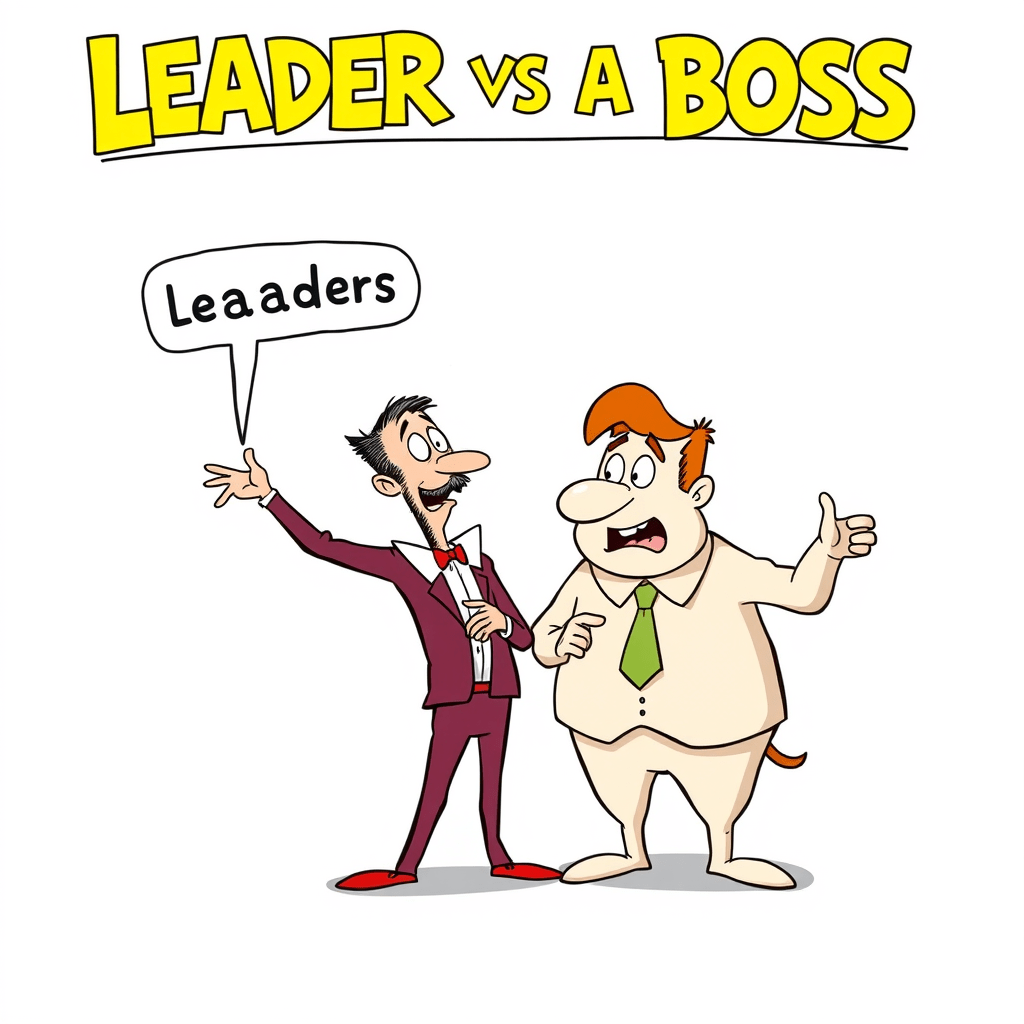In the realm of leadership, there exists a stark distinction between a true leader and a mere boss. While both may hold positions of authority, their approaches to leadership couldn’t be more different. A leader, like a beacon of inspiration, stands at the forefront, guiding their followers with unwavering determination. A boss, on the other hand, remains aloof, ruling from the shadows, their presence felt only through directives and commands.
A leader understands that their role extends far beyond issuing orders. They are the embodiment of the organization’s values, the catalyst for change, and the source of motivation for their team. By being present and visible, they foster a sense of camaraderie and trust, creating an environment where individuals feel empowered to contribute their best.
In contrast, a boss maintains a distance from their subordinates, communicating primarily through intermediaries. This aloofness breeds a culture of fear and resentment, stifling creativity and innovation. Employees become mere cogs in a machine, their potential untapped due to the lack of guidance and support from their leader.
The presence of a leader is not merely a physical manifestation; it is a reflection of their character and commitment. They are accessible, approachable, and willing to listen to the concerns of their team. They lead by example, demonstrating the values they expect from others. By being present, they create a sense of unity and purpose, inspiring their followers to strive for excellence.
A boss, on the other hand, is often absent, both physically and emotionally. They may delegate tasks but fail to provide the necessary support or guidance. Their presence is felt only through the weight of their authority, creating a climate of fear and uncertainty. Employees become hesitant to take risks or voice their opinions, knowing that their boss is unlikely to be receptive.
The difference between a leader and a boss is not simply a matter of title or position. It is a fundamental difference in mindset and approach. A leader is a servant to their team, empowering them to reach their full potential. A boss is a master, ruling over their subordinates with an iron fist.
In today’s competitive business environment, organizations that embrace true leadership will thrive. By fostering a culture of presence, accessibility, and empowerment, leaders create a workforce that is motivated, engaged, and ready to face any challenge. Bosses, on the other hand, will find themselves struggling to retain talent and achieve lasting success.
The choice is clear: organizations that aspire to greatness must seek out leaders who are willing to get out in front of their people, to inspire, guide, and empower them. Only then can they unlock the true potential of their workforce and achieve extraordinary results.
